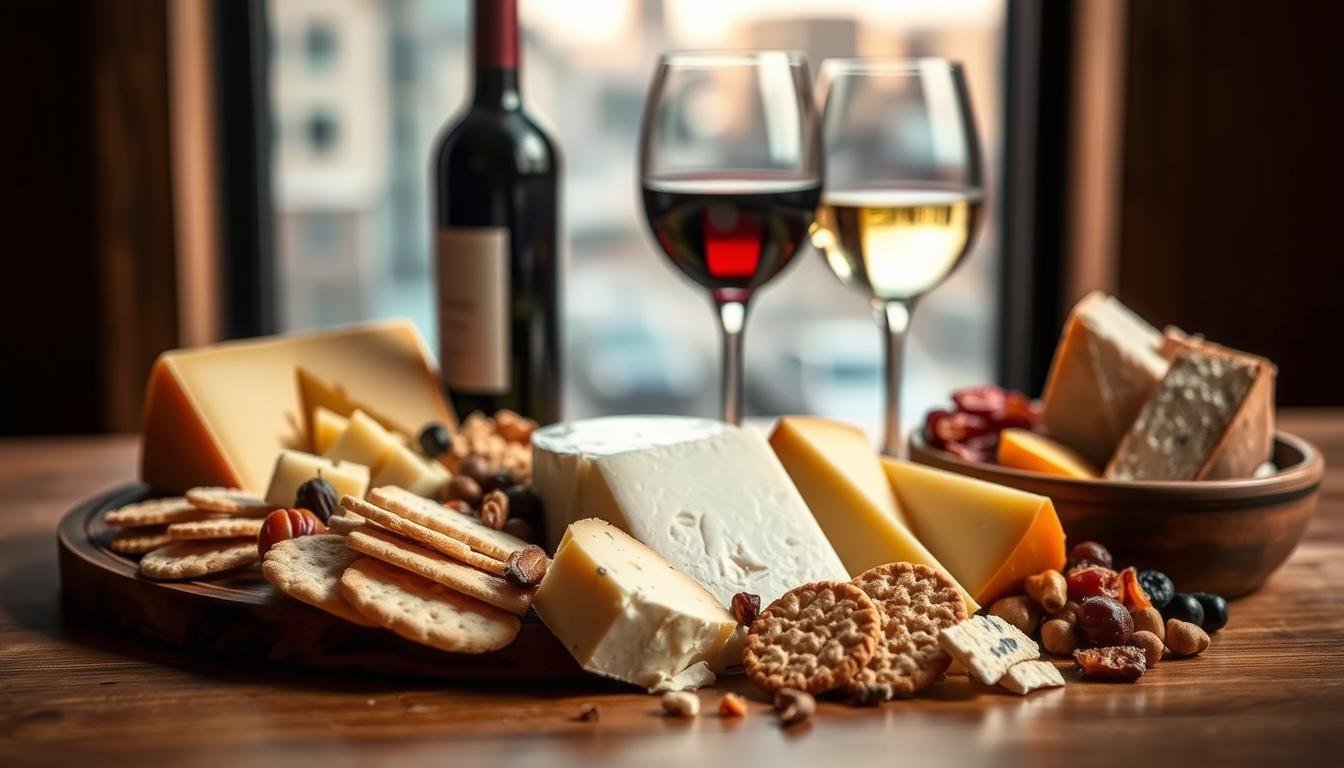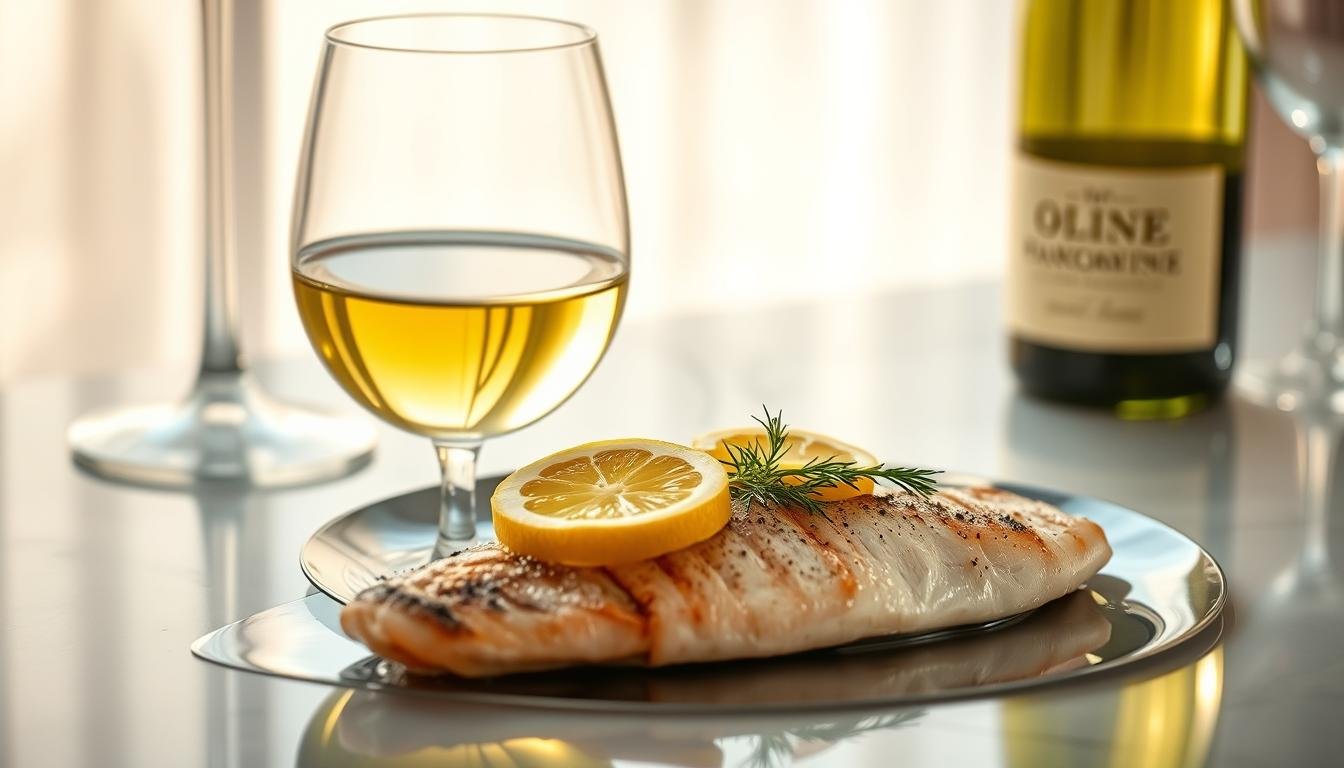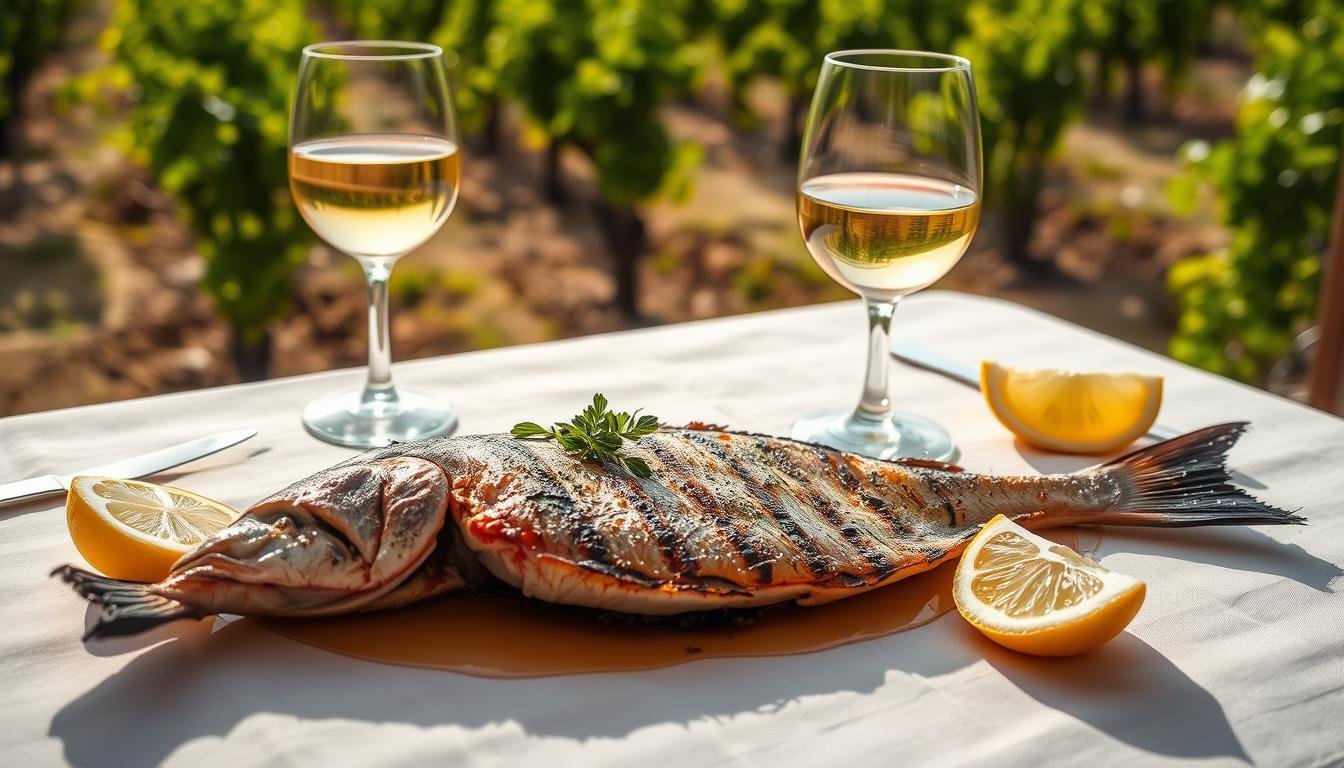The combination of wine and cheese is a timeless classic, offering a rich and varied culinary experience. For centuries, this pairing has been a staple of fine dining, with the interplay between wine and cheese creating a harmonious balance of flavors.
Successful pairing involves understanding the complex relationship between the characteristics of wine and cheese, such as acidity, fat content, and flavor profiles. By exploring these elements, you can create a truly exceptional tasting experience. For more information on food and wine pairing, check out our comprehensive guide on food and wine pairing.
Key Takeaways
- Understand the fundamental principles of wine and cheese pairing.
- Learn how different elements in wine and cheese interact.
- Discover classic wine and cheese combinations.
- Get tips for hosting a wine and cheese tasting event.
- Build confidence in creating your own pairings.
Why Wine and Cheese Are Perfect Partners
The synergy between wine and cheese is undeniable, with each component elevating the other to create a truly exceptional experience. This harmonious pairing is not just a matter of taste; it’s rooted in the science behind how the components of wine and cheese interact.
The Science Behind the Pairing
The combination of wine and cheese is a match made in heaven due to the chemical interactions between their components. Tannins in wine bind with the fat in cheese, creating a silky-smooth experience. The acidity in wine cuts through the richness of cheese, refreshing the palate. Meanwhile, the protein structures in cheese help to soften the astringent qualities of wine, particularly in tannic red varieties. This balance of tannins and fat, along with acidity and creaminess, enhances the overall flavors and texture of both the wine and cheese.
A Brief History of Wine and Cheese Pairings
The historical connection between wine and cheese production dates back to ancient Mediterranean civilizations, where both were dietary staples. During the medieval period, monastic traditions refined both winemaking and cheesemaking techniques, establishing many of the pairing principles still followed today. The Renaissance period saw culinary experimentation elevate wine and cheese pairing to an art form appreciated by nobility across Europe. This rich history has contributed to the sophisticated wine cheese pairing culture we enjoy today.
Understanding the Basic Principles of Wine and Cheese Pairings
To create harmonious wine and cheese pairings, it’s essential to understand the basic principles involved. Pairing wine with cheese is an art that can be mastered by following a few guidelines, making the selection process less daunting.
There are several key principles to consider when pairing wine and cheese. These include the concepts of complement vs. contrast, matching intensity levels, and considering texture and structure.
Complement vs. Contrast
The principle of complementary pairings involves matching similar flavor profiles in both wine and cheese to enhance each other. For example, the nutty notes in aged Gouda can be beautifully paired with an oaked Chardonnay. On the other hand, contrasting pairings involve combining opposite characteristics to create a balanced experience, such as pairing a sweet dessert wine with a salty blue cheese.
Matching Intensity Levels
It’s crucial to match the intensity levels of the wine and cheese. Delicate cheeses can be overwhelmed by bold wines, while subtle wines might disappear against powerful cheeses. For more information on how to elevate your dining experience with wine pairings, visit Wine Kalli.
Considering Texture and Structure
The texture of both wine and cheese significantly influences their compatibility. Creamy cheeses, for instance, often require wines with higher acidity to cut through the richness. Understanding how the texture and structure of wine and cheese interact can help you create harmonious wine cheese combinations.
By mastering these principles, you can develop a keen sense of how to pair wine and cheese effectively, ensuring a delightful experience every time.
A Guide to Cheese Categories and Their Ideal Wine Matches
The world of cheese is vast and varied, with different categories offering unique pairing opportunities with wine. Understanding these categories is crucial for creating harmonious wine and cheese pairings.
Fresh Cheeses
Fresh cheeses like goat cheese, ricotta, and mozzarella are characterized by their light, tangy profiles. They pair well with crisp, acidic white wines such as Sauvignon Blanc and sparkling wines.
Soft-Ripened Cheeses
Soft-ripened cheeses, including Brie and Camembert, have creamy textures and buttery flavors. These cheeses find perfect harmony with medium-bodied whites like Chardonnay or light reds like Pinot Noir.
Semi-Soft Cheeses
Semi-soft cheeses such as Havarti and young Gouda offer versatile pairing options. Their balanced flavor profiles complement both medium-bodied reds and aromatic whites.
Hard Cheeses
Hard cheeses like Parmesan, aged Cheddar, and Manchego stand up beautifully to bold red wines like Cabernet Sauvignon and Syrah, creating powerful flavor combinations.
Blue Cheeses
Blue cheeses, including Roquefort, Stilton, and Gorgonzola, pair exceptionally well with sweet dessert wines. This combination creates a magical sweet-salty contrast.
Aged Cheeses
Aged cheeses develop concentrated flavors and crystalline textures. They require wines with sufficient structure and complexity to create balanced pairings.
By understanding the characteristics of each cheese category, you can make informed decisions when pairing wine and cheese, enhancing your overall tasting experience.
12 Classic Wine and Cheese Pairings You Must Try
The synergy between wine and cheese can elevate the flavors of both. When paired correctly, they create a harmonious balance that enhances the dining experience. Here, we explore 12 classic wine and cheese pairings that you must try to appreciate the full depth of this culinary tradition.
Red Wine Pairings
Red wines are known for their bold flavors and tannins, making them a perfect match for rich and robust cheeses. Let’s dive into some of the most iconic red wine pairings.
Cabernet Sauvignon and Aged Cheddar
Cabernet Sauvignon, with its bold tannins, pairs beautifully with aged cheddar. The wine’s structure complements the cheese’s rich, sharp flavor, while the fat in the cheese softens the wine’s astringency. For a great match, try La Crema’s Sonoma County Cabernet Sauvignon with a firm aged cheddar.
Pinot Noir and Gruyère
The elegant pairing of Pinot Noir and Gruyère is a match made in heaven. The wine’s earthy notes and red fruit flavors harmonize with Gruyère’s nutty, slightly sweet character, creating a delightful combination.
Tempranillo and Idiazabal
Tempranillo and Idiazabal showcase the “what grows together goes together” principle. This Spanish pairing tradition combines smoky, savory flavors that complement each other perfectly, making for a memorable tasting experience.
White Wine Pairings
White wines offer a crisp and refreshing contrast to the richness of cheese. Here are some classic white wine pairings.
Sauvignon Blanc and Goat Cheese
The refreshing combination of Sauvignon Blanc and goat cheese is a perfect example of how acidity can cut through richness. The wine’s bright citrus notes enhance the cheese’s herbal qualities, creating a delightful contrast.
Chardonnay and Brie
Chardonnay and Brie create a luxurious pairing, with the wine’s buttery notes complementing the cheese’s rich, creamy texture. The subtle mushroom flavors in Brie are also enhanced by Chardonnay’s complexity.
Riesling and Raclette
Riesling and Raclette is a delightful pairing, with the wine’s acidity balancing the cheese’s meltingly smooth texture. The stone fruit flavors in Riesling complement Raclette’s nutty character, making for a well-rounded taste experience.
Sparkling and Dessert Wine Pairings
Beyond still wines, sparkling and dessert wines also offer exciting pairing opportunities with cheese.
| Wine Type | Cheese | Description |
|---|---|---|
| Sparkling Wine | Camembert | The bubbles and acidity refresh the palate between bites of creamy, rich cheese. |
| Dessert Wine | Gorgonzola | A sweet-salty contrast that has been celebrated for centuries, creating a magical taste experience. |
For more tips on pairing wine like a pro, check out our guide on how to pair wine like a.
How to Host a Memorable Wine and Cheese Tasting
Hosting a wine and cheese tasting can be a fun and memorable experience with the right planning. To make your event a success, consider the following key elements.
Setting Up Your Tasting
Create an inviting setup by arranging your cheeses from mildest to strongest. This guides your guests through a progressive tasting experience. Use a Coravin wine preservation system to taste a little bit of wine from multiple bottles without worrying about finishing the rest.
- Arrange cheeses and wines in a logical order to avoid overwhelming your guests.
- Use plain crackers to cleanse the palate between tastings.
Serving Temperatures and Portions
Remove cheeses from refrigeration about two hours before serving to allow them to reach room temperature. Different wines require specific serving temperatures to showcase their best qualities. For example, Pinot Gris is best served chilled, while Cabernet Sauvignon can be served at a slightly warmer temperature.
Plan for 2-4 ounces of each cheese per person and approximately 2-3 ounces of each wine for tasting purposes.
Accompaniments to Include
Enhance your wine and cheese pairings with complementary accompaniments such as fresh and dried fruits, nuts, honey, artisanal breads, and charcuterie. Create informative tasting cards that provide details about each cheese and wine, including origin, flavor profile, and why the pairing works.
By following these tips, you can host a memorable wine and cheese tasting that your guests will cherish. Limit your selection to 5-6 different cheeses and wines to avoid overwhelming your guests’ palates.
Common Wine and Cheese Pairing Mistakes to Avoid
When it comes to wine and cheese pairings, even the most experienced connoisseurs can make mistakes. Avoiding common pitfalls is key to elevating your wine and cheese experience.
Mismatched Intensity Levels
Pairing a delicate, fresh cheese with a powerful Cabernet Sauvignon can overwhelm the subtle flavors of the cheese. Balance the intensity levels to ensure both the wine and cheese complement each other.
Overlooking Texture
The texture of both the wine and cheese plays a crucial role in pairing. For example, high-tannin red wines can clash with creamy cheeses, resulting in metallic or bitter flavors.
Combinations That Clash
Some combinations are known to clash, such as pairing blue cheese with Sauvignon Blanc. Understanding these combinations can help you make informed decisions when selecting a wine cheese pairing.
By being mindful of these common mistakes, you can enhance your pairing wine and cheese experience, ensuring a harmonious balance of flavors and textures.
Conclusion: Creating Your Own Perfect Pairings
The art of pairing wine with cheese is a journey, not a destination, and one that offers endless opportunities for discovery. By understanding the fundamental principles of matching intensity levels and considering textural interactions, you can create your own unique wine cheese pairings. Start with classic combinations and experiment based on your personal preferences, keeping a tasting journal to record your favorite pairings. For more insights, visit our guide on wine and food pairings in France.









